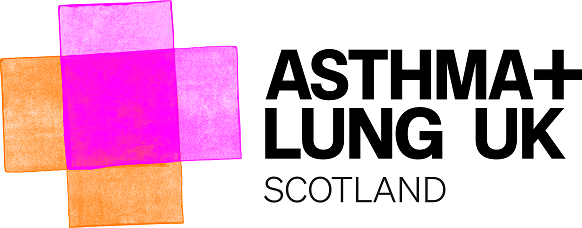This is a breathing technique used to clear differing levels of the lung and help you to breathe better.
Autogenic drainage can be difficult to explain in words. It is important that you are first shown how to do this by your physiotherapist as sections may be individually tailored to your needs.
- You should discuss this with your physiotherapist if you:
- Feel that Active Cycle of Breathing Technique is not effective.
- Feel that Active Cycle of Breathing Technique is making you wheezy.
- You cough a lot.
- Regularly produce a lot of sputum.
Autogenic Drainage from Cat Young on Vimeo.
View text transcript
What we are going to do this time is start off with a test breath. Your test breath will be a nice big deep breath in as far as you can and hold for three then huff out.
Keep doing that huff until you hear the secretions or feel the rumbling in your chest. When you feel the rumbling in your chest, take a normal breath in and huff out until you feel the urge to cough and clear the phlegm.
This technique is moving the phlegm up the chest so it is easier to clear it out of your chest.
I am going to put my hands on your chest while you are doing your breaths in to make sure you don’t take too deep a breath in the top part of your chest.
Deep breath in, hold for three and then do your huff out until you hear the phlegm moving. Normal breath in and huff out. Take several breaths until you feel the urge to cough.
Repeat again. Test breath first. Deep breath, hold for three then huff. Continue until your chest feels more comfortable and you have coughed up your secretions.
This form of breathing exercise uses breathing right out, as far as possible, to loosen mucus from the small airways at the edges of your lungs. The mucous can then be moved to the larger more central airways making it easier to cough up.





